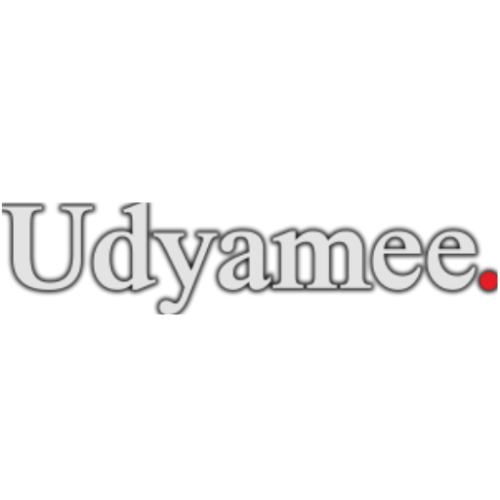Udyamee, Ahmedabad:
The Union Budget 2025-26 has unveiled significant initiatives aimed at strengthening India’s textile and cotton industry. With a focus on increasing productivity, modernizing infrastructure, and enhancing global competitiveness, the government has introduced policy reforms and financial incentives to revitalize the sector.
Mission for Cotton Productivity
In a landmark move, the government has launched a five-year “Mission for Cotton Productivity” to support lakhs of cotton farmers. This initiative aims to improve productivity and sustainability while promoting extra-long staple cotton varieties. Scientific and technological advancements will be leveraged to boost farmers’ income and ensure a steady supply of high-quality cotton, aligning with India’s 5F vision (Farm to Fibre to Factory to Fashion to Foreign).
Kushal Patel, MD, Axita Cotton, stated: Union Budget focuses on enhancing farm productivity, particularly the five-year mission to boost cotton production. This initiative aligns with our commitment to quality and innovation in the cotton industry. The introduction of a new scheme to facilitate term loans for MSMEs to purchase machinery and equipment without collateral is a game-changer. With guarantees of up to ₹100 crore through a dedicated fund, this will empower small businesses, enhance competitiveness, and drive growth across the cotton value chain.
Incentives for the Textile Sector
To modernize textile manufacturing, the government has announced a customs duty exemption on shuttle-less looms, including Rapier Looms and Air Jet Looms with specific speed thresholds. This move is expected to enhance efficiency and productivity in the textile sector by enabling domestic manufacturers to adopt advanced machinery at a reduced cost.
Additionally, a revision in customs duty on knitted fabrics has been proposed. The new structure increases the duty to 20% or ₹115 per kg, whichever is higher, to encourage domestic production and reduce import dependency.
Ronak Chiripal, Promoter, Chiripal Group, remarked: The exemption of certain shuttle-less looms from customs duty and the revision of BCD rates on knitted fabrics will make advanced textile machinery more accessible, fostering competitiveness in technical textiles. Encouraging domestic production of agro-textiles, medical textiles, and geo-textiles will further strengthen India’s positioning in the global textile value chain.
Support for Handicraft and Leather Industry
To boost exports, the government has increased the export duration for handicrafts from six months to one year, with a further three-month extension if required. Furthermore, Wet Blue Leather, an essential raw material for leather production, has been fully exempted from import duty, while crust leather has been exempted from 20% export duty, benefiting domestic leather manufacturers and exporters.
Raj Vyas, Vice President – Research, Teji Mandi, commented: The budget includes significant moves to strengthen India’s manufacturing sector, particularly in industries like textiles, leather, and toys, with a clear focus on boosting small and medium enterprises (SMEs). Infrastructure investments are also extended for another five years.
Conclusion
These initiatives underline the government’s commitment to making India a global hub for textiles and apparel. By fostering modernization, enhancing farmer income, and encouraging domestic production, the Budget 2025-26 sets the stage for a competitive and sustainable textile industry.







